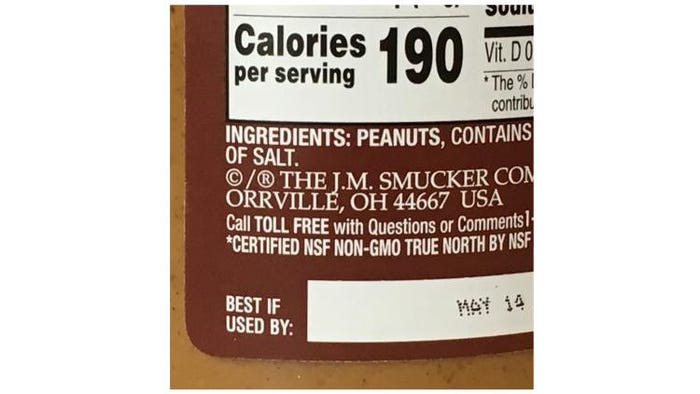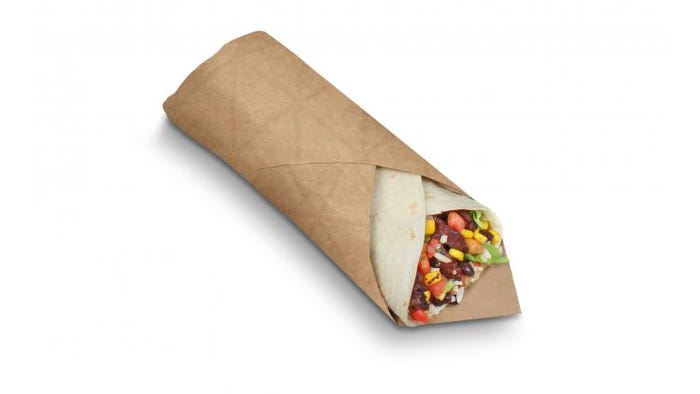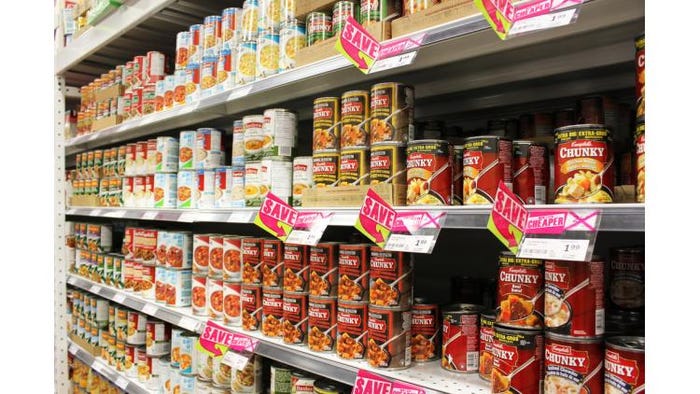3 food-packaging matters spring up in early 2019
Date code labeling, a new sustainable packaging material and continuing concern about chemicals in packaging were hot topics in the month of May 2019. Based on total number of page views from our global packaging community, the three best-read articles on PackagingDigest.com last month all happened to be food-packaging related.
Our concise review starts at number three and moves up to a surprising winner (in my opinion) this month.

3. Best If Used By date code recommended for food labeling
Who has heard the phrase “When in doubt, throw it out”? A lot of American consumers, it seems. They’ve been tossing a lot of still-edible food because the date code on the package has passed. They figure, perhaps rightly so, that it’s not worth the chance on eating something that has expired and might make you sick.
But those codes mostly indicate the date the food will taste best by. They are more of a quality indicator than a food safety warning.
In April 2019, three U.S. agencies—the Food and Drug Administration (FDA), U.S. Department of Agriculture (USDA) and Environmental Protection Agency (EPA)—finally acted to improve the date code labeling guidelines for food sold in the United States. All three agreed to recommend that food companies standardize on “Best If Used By” language for voluntary date-code labeling as part of a new strategy to fight food and packaging waste. Have you updated your codes yet?
NEXT: "Paper or plastic?"...again???

2. Paper or plastic? 6 sustainable foodservice packaging options for both
Another on-going dilemma consumer packaged goods (CPG) companies struggle with today, especially with the rising anti-plastic movement, is the age-old question: Paper or plastic? Packaging suppliers would be smart to make sure customers are given both options.
One foodservice packaging manufacturer, Novolex, is a case in point. The company’s portfolio encompasses recyclable and compostable options in paper- and plastic-based packaging. Take a look yourself by clicking on the headline above. A lot of your colleagues and competitors have already done so, which is why this article appears in the #2 spot for the month.
NEXT: BPA concern still high

1. Most food cans no longer use BPA in their linings
This article about BPA and food can linings has consistently experienced high page views since it was initially posted in February 2018—almost a year and a half ago. But over the last several months, interest has peaked again. In February and March 2019, it was #3 in the best-read articles’ lists. In April 2019, it moved up to the #2 spot. Now it’s at #1. Where can it possibly go from here??? You’ll have to come back in about a month to find out!
Another comment from a reader, posted on June 1, shares some info about alternative materials and offers a suggestion:“There is also Bisphenol B, Z AF, AP, & S. All have same health issues and are able to be used and called BPA free. Move back to glass and get rid of plastic linings and deceptive marketing in food products.”
Because consumers are still concerned about chemicals in packaging that might migrate into their food (and thus into their bodies), food companies and their packaging departments need to be concerned too.
About the Author(s)
You May Also Like




